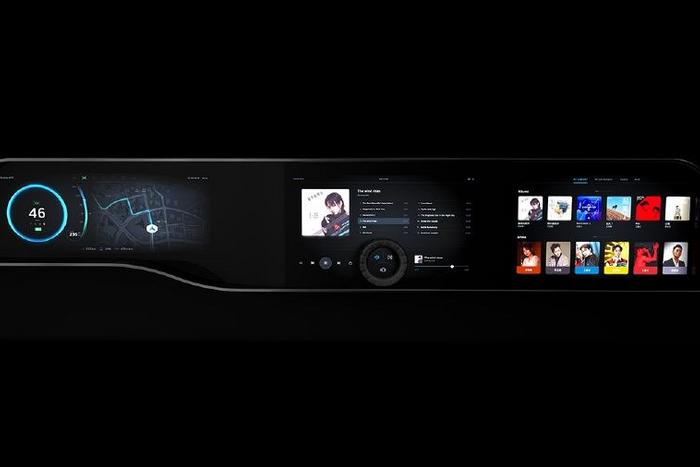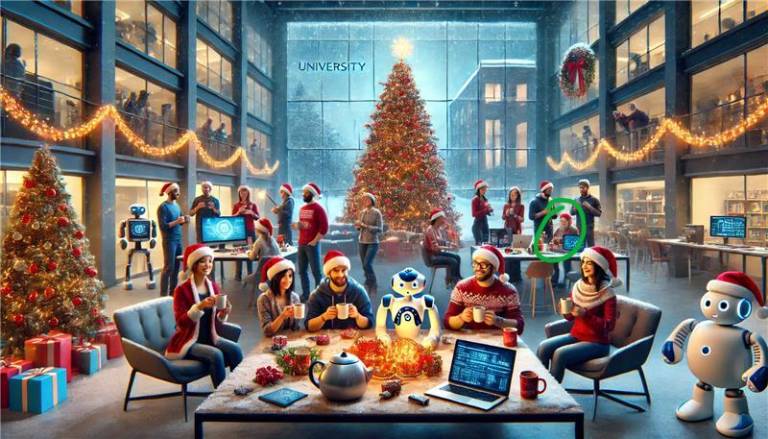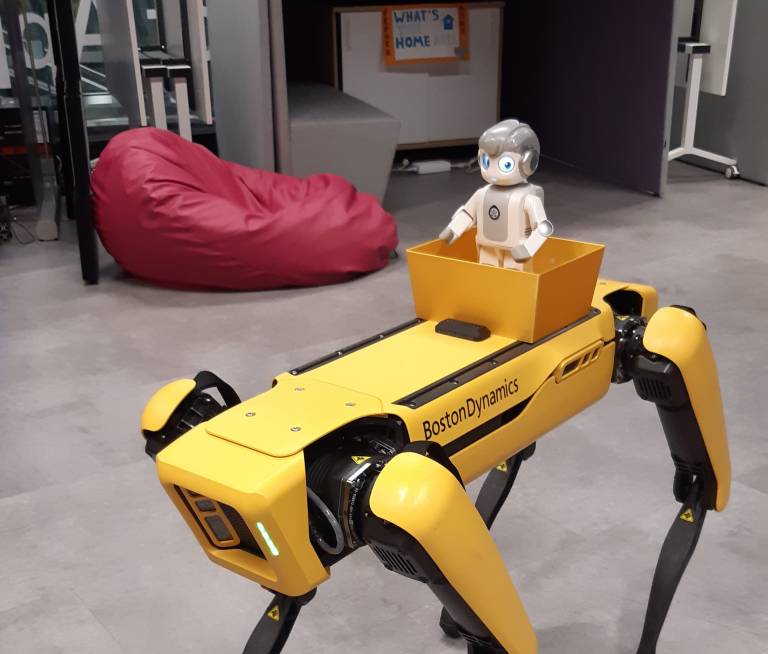For the driver, however, the new systems unfortunately mean more things to learn and control. Especially in exceptional circumstances – such as near misses, traffic jams and unfavourable weather conditions – it is important that people receive exactly the information they need without getting information overload. At worst, too many driving aids interfere with the driver’s most important task, which is driving the car safely.
“Human perception is limited, which is why cars should be designed so that the driver gets the necessary information in the right way in every situation,” says Professor Roope Raisamo from Tampere University who is the director of the research consortium.
In the consortium, Tampere Unit for Computer-Human Interaction TAUCHI, led by Professor Raisamo, studies and develops ways by which drivers are able to control the functions of vehicles more naturally. Another key area of research is the presentation of information through different human senses.
“If the vehicle understands the driver’s goals, it can make driving more efficient. The way information is presented can be based on the driving situation and the driver’s own preferences,” Raisamo says.
For example, a car can use the direction of the driver’s gaze to deduce what the driver’s voice command requests it to do. On the other hand, the use of controlling devices can be made more efficient eg by tactile feedback that allows the driver to use the auxiliary functions of a car without looking at the dashboard. In such cases, the settings and adjustments of the car occupy less of the driver’s attention.
Several companies engaged in the value chain of the automotive industry participate in the Multimodal In-Vehicle Interaction and Intelligent Information Presentation (MIVI) project. The companies include: Rightware, Siili Solutions, Canatu, Nokia Technologies, Modulight, Visidon, TactoTek, Nokian Tyres, Vaisala, Pilkington Automotive Finland, and BHTC Finland. (…)





